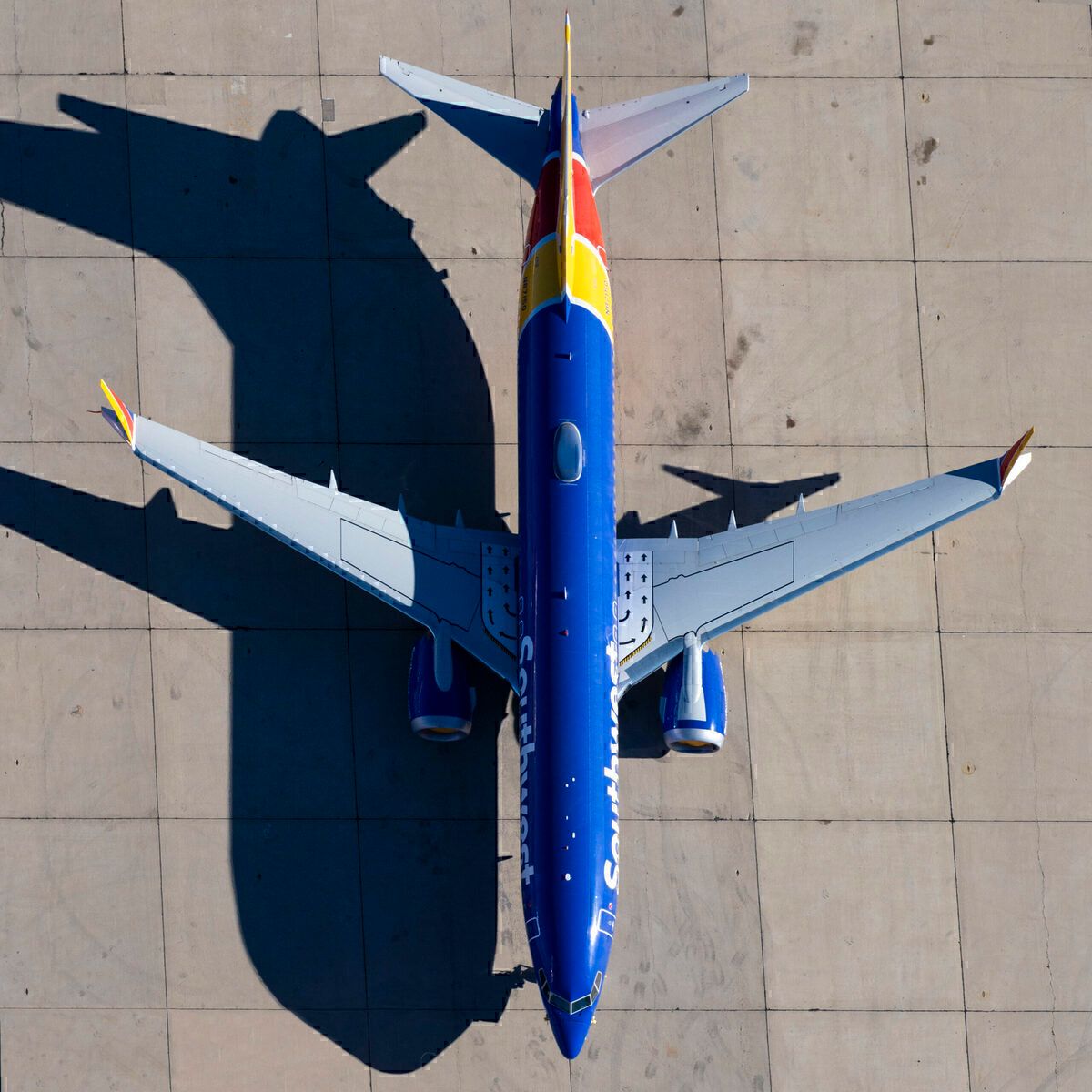The 737 MAX went from operating over 1,000 flights a day to practically none in less than a week in March 2019. Now, with regulators slowly clearing the plane to fly again, it's begun to show up on the radars once more. We take a look at just how rapid that grounding was, and where the plane has been flying recently.
A rapid grounding
After a 20 month grounding, the 737 MAX is finally cleared to fly again. Spire Aviation, which provides global flight tracking data powered by satellites, has tracked the aircraft's rise and fall since its grounding and is continuing to track the resurgence of the plane in our skies as it begins to enter service once more.
The data makes for some exciting visuals. In the clip below, we can see the MAX beginning to disappear from the skies from March 10th, 2019 onwards. China was the first to ground the type, and we can see the skies darkening early into the timeline. A couple of days later, EASA also bans the plane, with the skies above Europe falling dim.
Over Australia, Africa, and South America, 737 MAX tracks begin to disappear next. India shuts down shortly after. And finally, the US FAA issues the order to ground the plane pending investigation. Just six days into the tracking, by March 16th, no more MAX tracks are seen, barring the last few ferry flights getting the planes home.
The speed at which the aircraft left the skies around the world was really quite extraordinary. On March 10th, 2019, 1,101 MAX flights were tracked by Spire Aviation, using 317 aircraft. By March 14th, just 36 planes were active, undertaking 34 flights that day. And by the 16th, just a handful of MAX aircraft were spotted by satellites.
The revival of the MAX
20 long months later, and regulators have finally begun to certify the type to fly once more. The United States FAA was the first to move, approving the aircraft on November 18th this year. Prior to this, a number of test flights had been undertaken, involving not only the FAA, but also Transport Canada, Brazil’s ANAC and Europe’s EASA.
The first passenger-carrying flight since the ungrounding took place on December 2nd. This was an American Airlines flight with airline executives and media onboard, flying a short trip between Dallas and Tulsa to demonstrate the aircraft.
Across the northern border, Air Canada has been granted permission to undertake training flights with the type. On December 3rd, Spire Aviation tracked Air Canada flying C-GEIV from Montreal to Ottawa. The flight path did not exceed FL150 for the entire path.
Following the FAA’s lead, Brazil’s regulator ANAC cleared the plane to fly on November 25th. Sparing no time, Brazilian airline GOL was keen to be the first in the world to operate a revenue flight with the MAX, and took off on December 9th with the MAX’s first load of passengers since March 2019.
Before that, the airline undertook some test and training flights, including a ferry flight from where the aircraft was stored in Belo Horizonte to Sao Paulo, ahead of its first flight.
It’s exciting to see the MAX taking to the skies again, even though there are still numerous aviation regulators yet to give the green light. It will be interesting to look at the data again in six months’ time, and see if the map is anything like it was on March 10th in 2019.

